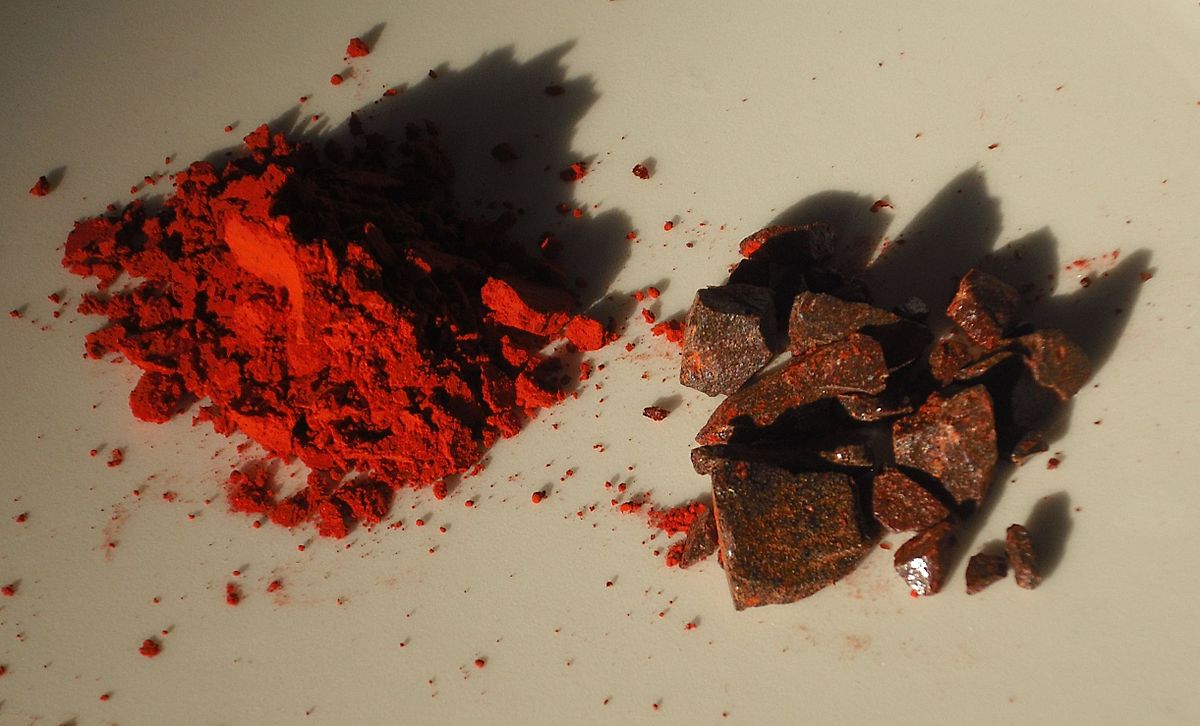I am the blood of the Dragon, says Daenerys Targaryen many times in Game of Thrones. Her brother Viserys says the same thing in season 1. But Dragon’s Blood is not just a Game of Thrones reference. It is actually an ingredient made from different plants. The substance is more than just a blood of the mythical, flying creature. According to myths and legends, dragon’s blood has been used since ancient times.
![]()
Historical records of the Romans and Greeks note Dracaena cinnibari, a byproduct of the cinnabar tree was found on an island in the Indian Ocean. The species of dragon’s blood were hard to distinguish.
It is worth noting that dragon’s blood has also been mentioned as the “actual blood of dragons od elephants who perished in mortal combat”. One such reference is in the book Modern Herbal by Maud Grieve, published in 1931. In the book, he writes
“The berries are the size of a cherry and pointed. When ripe they are covered with a reddish, resinous substance which is separated in several ways, the most satisfactory being by steaming, or by shaking or rubbing in coarse, canvas bags. An inferior kind is obtained by boiling the fruits to obtain a decoction after they have undergone the second process. The product may come to market in beads, joined as if forming a necklace, and covered with leaves … or in small, round sticks about 18 inches long, packed in leaves and strips of cane. Other varieties are found in irregular lumps, or in a reddish powder. They are known as lump, stick, reed, tear, or saucer Dragon’s Blood.”
Uses of Dragon’s Blood
With that in mind, dragon’s blood was first mentioned in the 1st century as one of the products of Socotra. It was an important trading center in the era of the Ptolomeis in Ancient Greece. Here are several uses of dragon’s blood that were mentioned in ancient times.
– As a dye and painting pigment in the Mediterranean basin
– As a cure for all, including general wound healing, as a coagulant, for curing diarrhea, lowering fevers, taken internally for ulcers in the mouth, throat, stomach, and intestines, antiviral for respiratory viruses, and for stomach viruses
– In the 18th century, there are records of dragon’s blood uses as a source of varnish for Italian violinmakers and as a toothpaste. It is worth noting that the ingredient is still used in modern times as a varnish for violins
– In India and China, dragon’s blood was used as a red varnish for wooden furniture, to color the surface of writing paper for banners and posters. These posters were handy during Chinese New Year and for weddings
– In African-American folk magic, dragon’s blood is used for the New Orleans voodoo, in mojo hands for money-drawing or love-drawing. The purpose is to cleanse a space of negative entities of influence
– Some cultures added it to red ink to make Dragon’s Blood Ink to inscribe magical seals and talismans
– In Neopagan Witchcraft, dragon’s blood was used to increase potency of spells for protection, banishing, sexuality, and love. In New Age shamanism, the ingredient is used in the same way
– In traditional medicine, dragon’s blood is used as a powder that blocks bleeding. There are mentions of it as a remedy for chest pain, trauma, and post-partum bleeding



